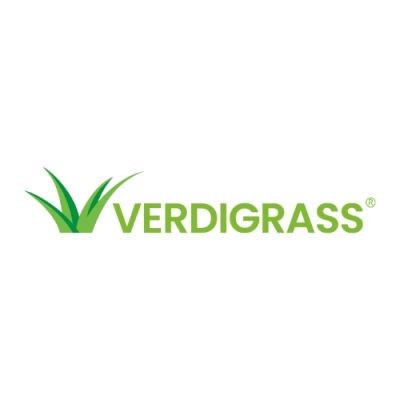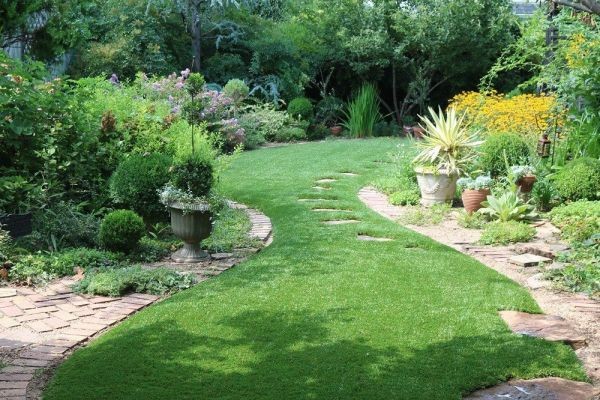Over the past few decades, synthetic turf has undergone a remarkable transformation — evolving from stiff, plastic-like surfaces into high-performance, natural-looking fields that rival real grass. Modern stadiums around the world have embraced artificial turf for its durability, aesthetic appeal, and low maintenance requirements. What began as a practical alternative to natural grass has now become a technological marvel, designed to meet the demands of professional sports and large-scale entertainment venues.
In this article, we’ll explore how synthetic turf has evolved over the years, the technology behind it, its advantages, and its growing role in shaping the future of modern stadiums.
1. The Origins of Synthetic Turf
Synthetic turf first made its debut in the mid-1960s. The earliest and most famous installation was in the Houston Astrodome, where “AstroTurf” became a household name. Natural grass couldn’t thrive in the enclosed stadium environment due to insufficient sunlight, prompting the creation of a synthetic alternative.
This first-generation turf consisted of short, stiff nylon fibers attached to a foam backing. While revolutionary at the time, it lacked the cushioning, texture, and visual appeal of natural grass. Players often complained about its hardness, abrasiveness, and increased risk of injuries — issues that set the stage for decades of innovation to follow.
2. The Rise of Second-Generation Turf
By the 1980s, the shortcomings of early turf systems led to the development of second-generation synthetic grass. These improved versions featured longer, softer fibers made from polyethylene or polypropylene — materials that were gentler on athletes and better at mimicking real grass.
However, the biggest advancement came with the introduction of sand infill, which provided more stability and better ball control, particularly in sports like field hockey and soccer. Despite these improvements, the surface still lacked the cushioning and natural feel players desired.
3. The Breakthrough: Third-Generation (3G) Turf
The late 1990s marked a turning point with the arrival of third-generation (3G) turf. This version combined long synthetic fibers with a mix of sand and rubber granule infill to create a more realistic and shock-absorbing surface.
3G turf mimicked the softness and resilience of natural grass while offering consistent performance in all weather conditions. It became the preferred choice for football, soccer, rugby, and baseball fields around the world. Major stadiums began transitioning to 3G systems, thanks to their ability to handle heavy foot traffic and intense gameplay without losing quality.
Key benefits of 3G turf included:
-
Improved player safety through better shock absorption.
-
Superior drainage systems preventing muddy or waterlogged fields.
-
Consistent ball roll and bounce, ensuring fair play.
-
Reduced maintenance costs compared to natural grass.
4. The Fourth Generation: Smart Turf Technology
Today’s fourth-generation (4G) synthetic turf represents the pinnacle of innovation. These modern systems often eliminate the need for infill materials altogether, relying on advanced fiber structures and multi-layered backing systems for cushioning and support.
Manufacturers now use eco-friendly materials, recyclable components, and advanced cooling technologies that reduce surface heat — addressing one of the major concerns of earlier models. Some even incorporate AI-driven maintenance systems and embedded sensors that monitor field conditions in real time.
Additionally, turf fibers now feature dual-tone coloring and realistic blade shapes, creating the visual illusion of lush, healthy grass. This realism, combined with durability, has made synthetic turf a top choice not only for sports stadiums but also for training facilities and multipurpose arenas.
5. The Role of Synthetic Turf in Modern Stadium Design
Synthetic turf has reshaped the way architects and engineers design stadiums. Because artificial turf doesn’t depend on sunlight, water, or specific soil conditions, it allows for more flexibility in stadium construction. Roofed or domed stadiums can now maintain green, vibrant playing surfaces year-round without worrying about grass maintenance.
This flexibility also extends to multi-use venues, where fields host concerts, festivals, and various sports within short turnaround times. Synthetic turf can handle the wear and tear of multiple events, ensuring that the stadium remains visually appealing and functional without frequent resurfacing.
Furthermore, its durability reduces downtime, helping stadium operators maximize revenue while maintaining world-class standards.
6. Environmental Considerations and Sustainability
In the early years, synthetic turf faced criticism for its environmental impact, particularly concerning the disposal of old turf and the use of non-biodegradable infill. However, the industry has made significant progress in developing eco-conscious solutions.
Modern turf systems now use recyclable backing materials, non-toxic infills, and water-efficient designs that eliminate irrigation needs. Some companies have introduced bio-based infill materials made from cork, coconut husks, or natural rubber, reducing microplastic pollution.
The shift toward sustainable manufacturing and recycling initiatives ensures that synthetic turf continues to evolve responsibly, aligning with global efforts to minimize environmental footprints.
7. Athlete Safety and Performance
One of the biggest advantages of modern synthetic turf is its positive impact on athlete safety and performance. Advances in shock absorption, traction control, and fiber design have significantly reduced the risk of common sports injuries such as turf burns, sprains, and impact-related damage.
Unlike early turf systems, today’s fields are engineered to mimic the natural give and rebound of soil, providing a consistent and forgiving surface. This ensures optimal energy return, allowing athletes to perform at their peak without compromising safety.
Professional leagues across the globe now trust synthetic turf for its reliability and playability — regardless of weather, climate, or event frequency.
8. The Future of Synthetic Turf in Sports
Looking ahead, synthetic turf technology is expected to advance even further. Research is ongoing in areas like biodegradable fibers, temperature-regulating coatings, and AI-driven field analytics.
Future stadiums might use hybrid systems, blending real grass with synthetic fibers to achieve the best of both worlds — the authenticity of natural turf and the durability of synthetic surfaces.
As sustainability becomes a key focus, the industry will likely prioritize recyclability and reduced environmental impact while continuing to enhance player comfort and safety.
Conclusion
From the rigid, plastic carpets of the 1960s to today’s lifelike, high-performance surfaces, the evolution of synthetic turf reflects decades of innovation, engineering, and environmental awareness. Modern stadiums rely on artificial turf not only for its durability and cost-efficiency but also for its contribution to safer, more consistent gameplay.
As technology continues to evolve, synthetic turf will remain at the forefront of sports infrastructure — a symbol of how innovation can blend functionality, performance, and sustainability in perfect harmony.
Verdigrass proudly serves San Jose, San Mateo, Los Altos, and Oakland, offering premium artificial turf solutions that combine realism, performance, and durability for every space.


